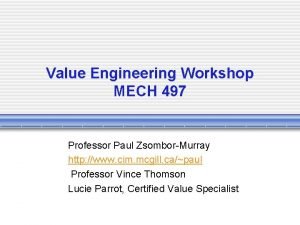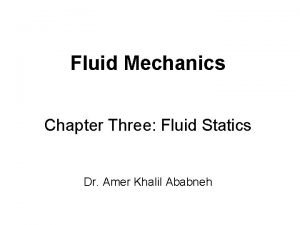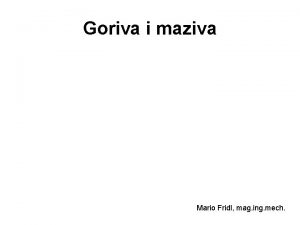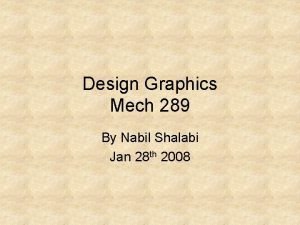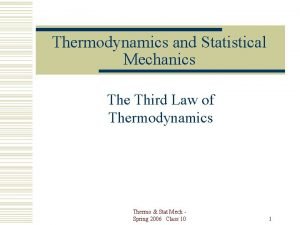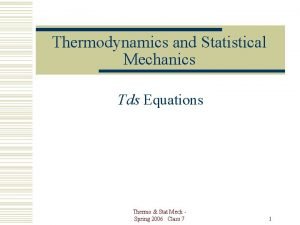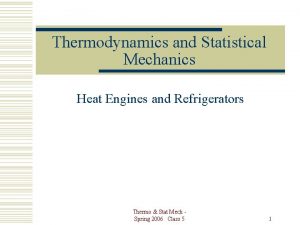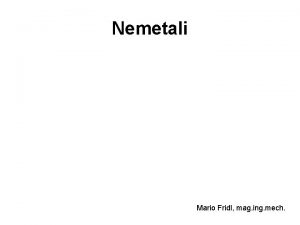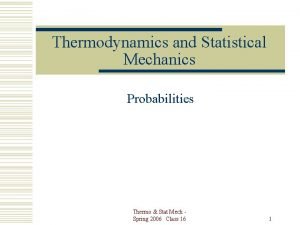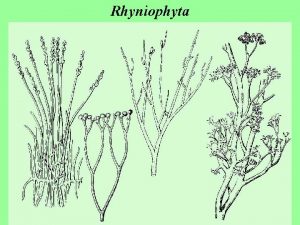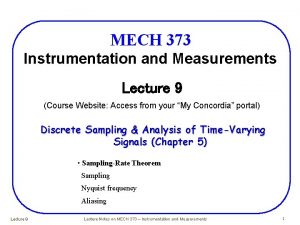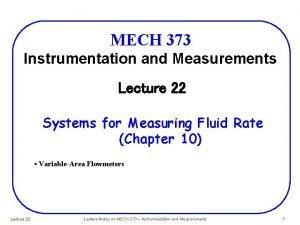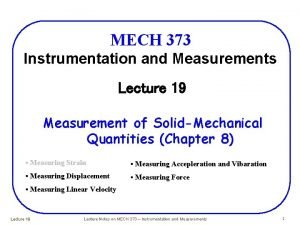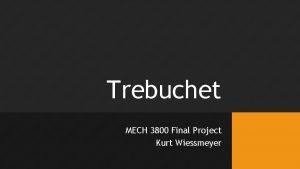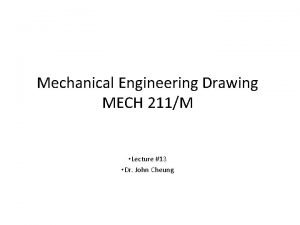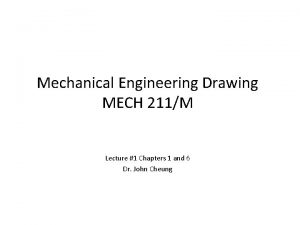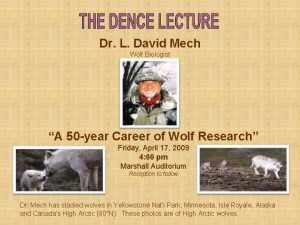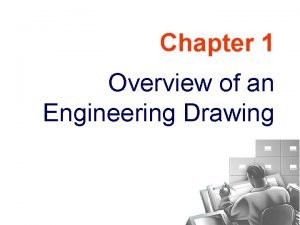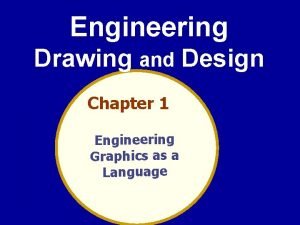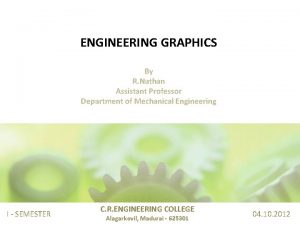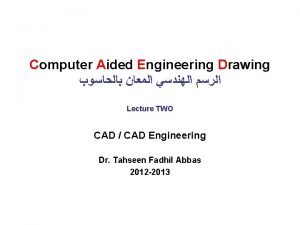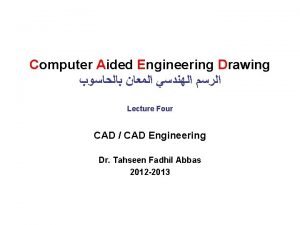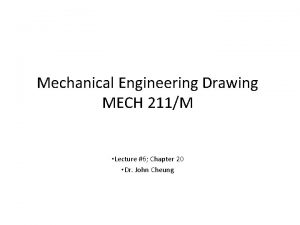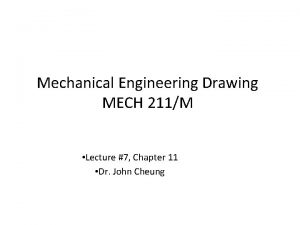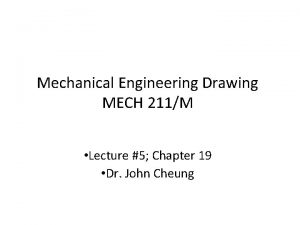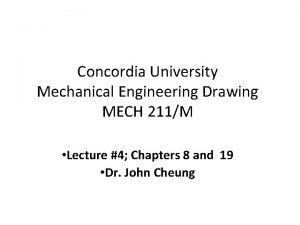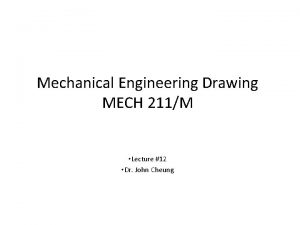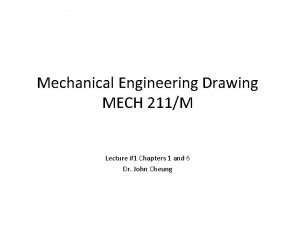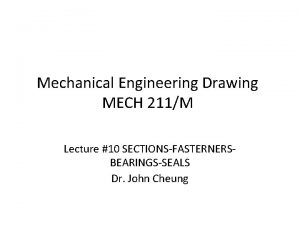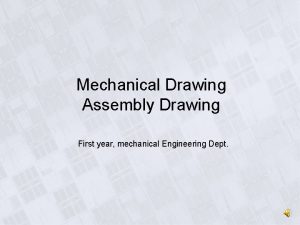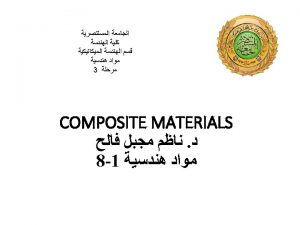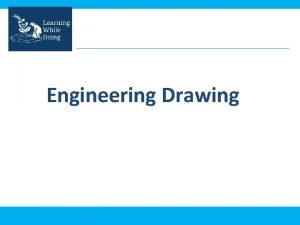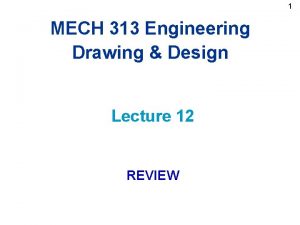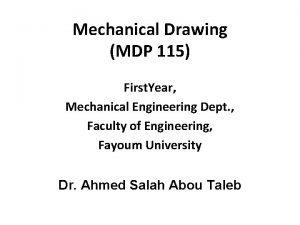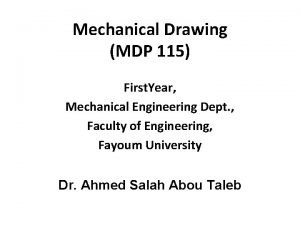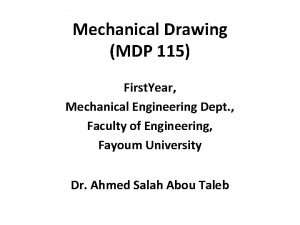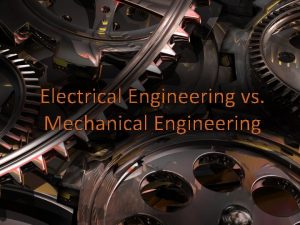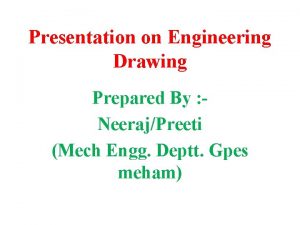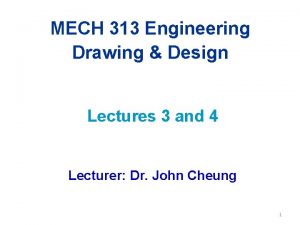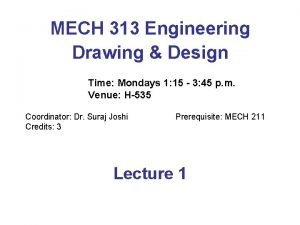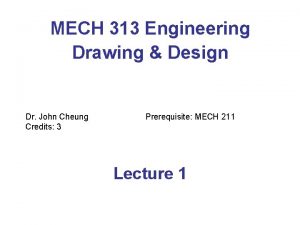Mechanical Engineering Drawing MECH 211M Lecture 8 Chapter





























- Slides: 29

Mechanical Engineering Drawing MECH 211/M • Lecture #8 Chapter 22 • Dr. John Cheung

Quiz - Intersection • Complete the missing view and show the intersection of two cylinders. 2

Quiz - Intersection • Missing view. 3

Quiz - Intersection • Intersection of two cylinders. 4

Developments • Construction of an unfolded or unrolled surface of a form • Commonly used in Sheet metal Packaging / Containers Pipes / ducts Pattern making 5

Developable Surfaces Parallel edge Vertex 6

Sheet Metal Hems & Joints Marking and folding done from inside 7

Parallel-Line Developments 1. Find T. S of base – use its perimeter as stretch line. 2. Seam line – shortest lateral edge 3. Top and bottom attached to longer edge. 8

Development of Oblique Prism 1. Find true length of lateral edges. 2. Find true shape of section – hence the stretch-out line. 9

Development of Oblique Prism 1. Find true length of lateral edges. 10

Development of Oblique Prism Stretch-out line 11

Development of Right Cylinder 1. Divide the cylinder periphery into number of equal segments. 2. Base –stretch out line = 3. 142 x Dia. 12

Development of Oblique Cylinder – FIG-22 -7 Both ends – Not TL 1. Find TL of lateral edges. 2. Find true shape of cylinder cross section. 3. Divide section perimeter – number of segments. 13

True length by revolution method 14

Development of a Pyramid – FIG 22 -8 1. Point 0 located at base centre – use as the centre of lateral edge radius. 2. Top becomes true shape viewing perp. to point views BC and AD. 3. Use revolution method to obtain the TL. 4. For line 0 -3, Rotate line 0 -3 to intersect horizontal line in TV. The intersection = 3 R. 5. Project P 3 R to FV to intersect horizontal line. Intersection = P 3 R in FV. 6. Line 0_#R = TL of Line 0 -3. 7. Pyramid base = True shape, hence edges = TL. 15

Development of a Pyramid – FIG 22 -8 16

Development of oblique pyramid – FIG 22 -9 • Use Point 0 as centre of development. • Use revolution method. If views become too messy, use True Length diagram. • Pyramid base and top– true shape, hence chord – true length. 17

Development of oblique pyramid – FIG 22 -9 18

Development of right circular cone – Fig 22 -10 1. Radial line developments. 2. S = Slant height, R = radius of cone base. 19

Development of oblique cone – Fig 22 -11 • Find True length of cone base. • Rotate P 4 to intersect horizontal line at P 4’ in FV. • Project P 4’ to intersect the horizontal line from P 4 in TV at P 4’. • Repeat for others. • Chord P 4’-P 5’ (R) = True length for base from P 4 to P 5. 20

Development of oblique cone – Fig 22 -11 – Transition piece • Extend contour elements – Point A. • Find TL of lateral edges. • Line A-4 – Rotate P 4 to intersect horizontal line at P 4” in TV. • Project P 4” to FV to intersect extended horizontal line from P 4 – yielding corresponding P 4”. • Line A-P 4” = True length of Line A-4. • Repeat method to cone top. 21

Development of oblique cone – Fig 22 -11 – Transition piece 22

Triangulation • A process of dividing a surface into triangles • Often used as an approximation • Commonly used in transitional pieces 23

Transition piece – Rectangular ends- FIG 22 -13 1. Draw P 9 and P 10 to ease development. 2. Draw true length diagram. One for lateral edges and other for diagonal lengths. 3. Base and top = True shape. 4. Chords in base and top – true length. 24

Transition piece – Rectangular ends- FIG 22 -13 25

Transition piece connecting two circular ducts – FIG 22 -14 • Elements do not intersect at a common vertex. • Circular intersection with larger pipe – true shape in TV. • Other end – true shape in Auxiliary view. • Planes in cone not parallel – Approximate development by triangulation method. 26

Transition piece connecting two circular ducts – FIG 22 -14 1. TL diagram – edges. 2. TL diagram – diagonal lines. Diagonal Edges 27

Square to Round Transition Piece 28

In Class Assignment • Page 661 Figure 22. 20 Problem 2 • Using revolution method. 29
 Typical drawing scales
Typical drawing scales 01:640:244 lecture notes - lecture 15: plat, idah, farad
01:640:244 lecture notes - lecture 15: plat, idah, farad Free hand isometric drawing
Free hand isometric drawing Paul zsombor-murray
Paul zsombor-murray Mehanika fluida ftn
Mehanika fluida ftn Minimum volume
Minimum volume Mag ing mech
Mag ing mech Nabil shalabi
Nabil shalabi Stat mech
Stat mech Tds equations
Tds equations Stat mech
Stat mech Mag ing mech
Mag ing mech Thermodynamic probability
Thermodynamic probability Mech se špičatými lístky
Mech se špičatými lístky Mech robotix
Mech robotix Mech
Mech Mech
Mech Mech
Mech Trebuchet mech
Trebuchet mech Backstop mechanical engineering
Backstop mechanical engineering Mech 211
Mech 211 Dr david mech
Dr david mech Actual mechanical advantage vs ideal mechanical advantage
Actual mechanical advantage vs ideal mechanical advantage Drawing chapter 1
Drawing chapter 1 What is the use of engineering drawing
What is the use of engineering drawing Drawing lecture
Drawing lecture Drawing lecture
Drawing lecture Fillet engineering drawing
Fillet engineering drawing Money-time relationship and equivalence
Money-time relationship and equivalence Software engineering lecture notes
Software engineering lecture notes



